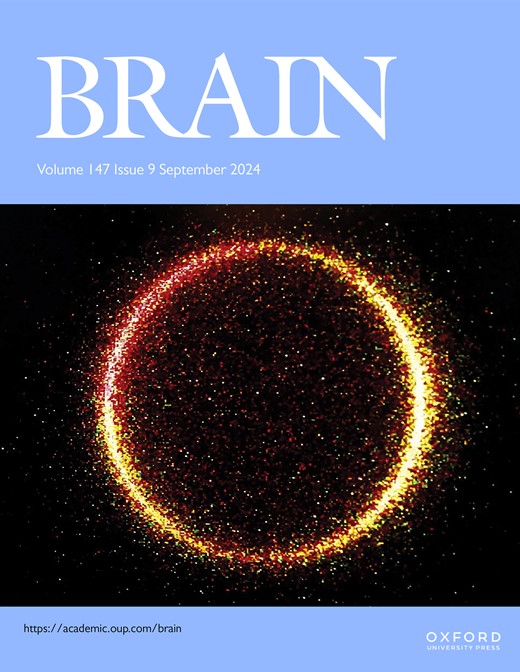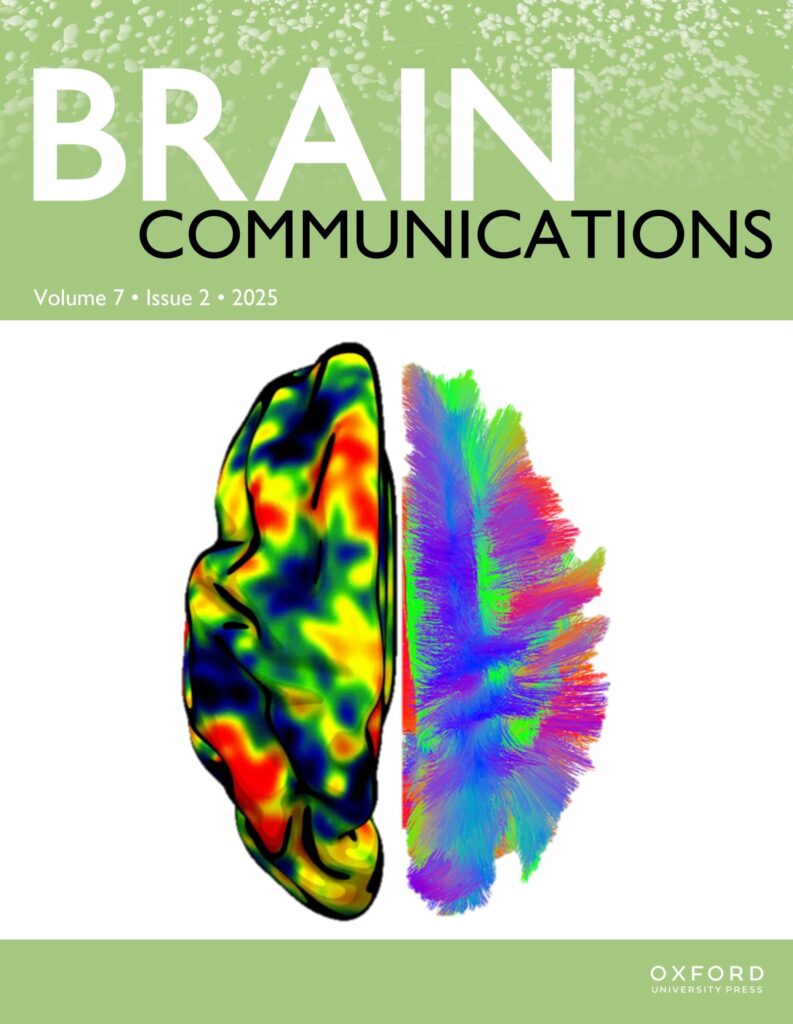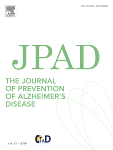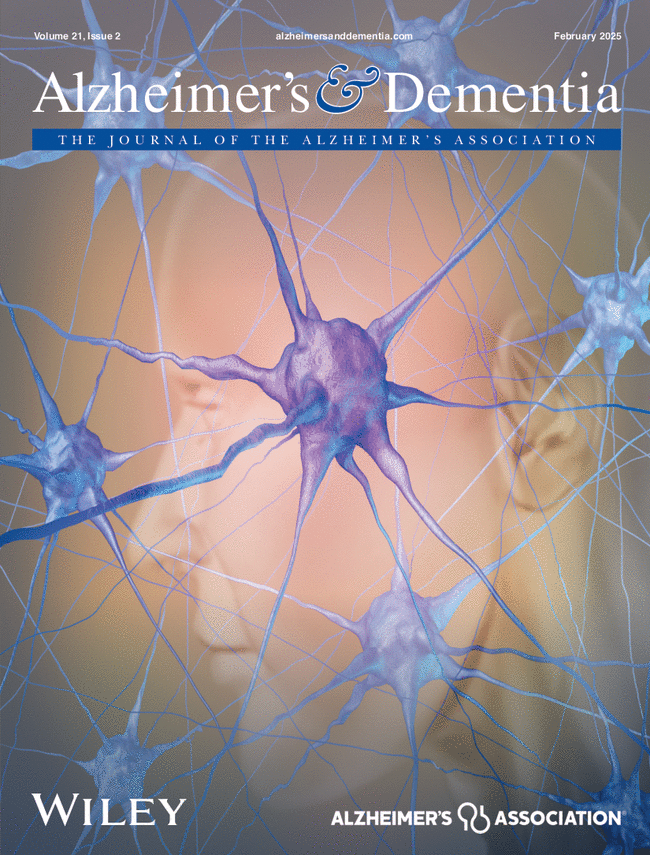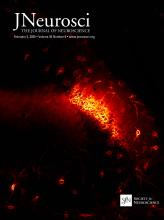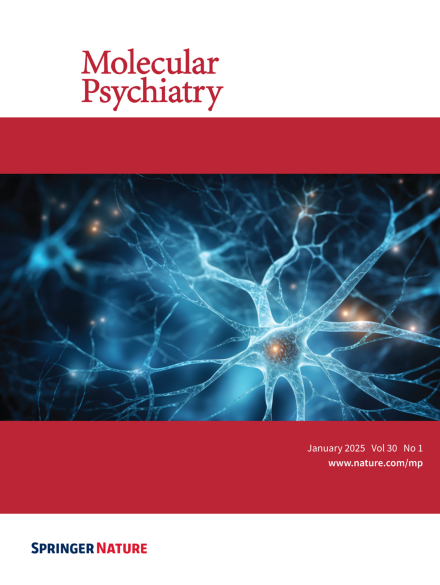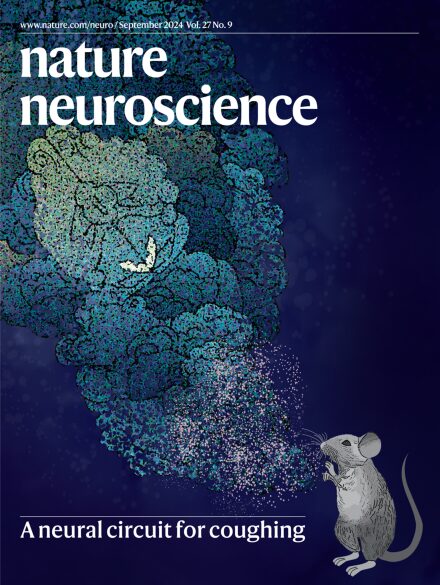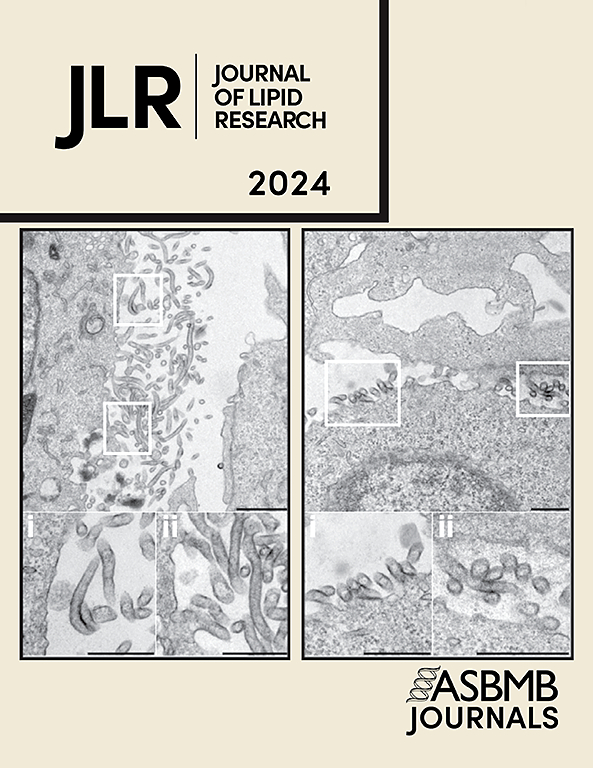Associations between neuromelanin depletion and cortical rhythmic activity in Parkinson’s disease. (Wiesman AI. et al., 2025)
Citation : Wiesman, A. I., Madge, V., Fon, E. A., Dagher, A., Collins, D. L., Baillet, S., & PREVENT-AD Research Group and Quebec Parkinson Network (2025). Associations between neuromelanin depletion and cortical rhythmic activity in Parkinson’s disease. Brain : a journal of neurology, 148(3), 875–885. https://doi.org/10.1093/brain/awae295. Full text : Here Associations between neuromelanin depletion and […]

